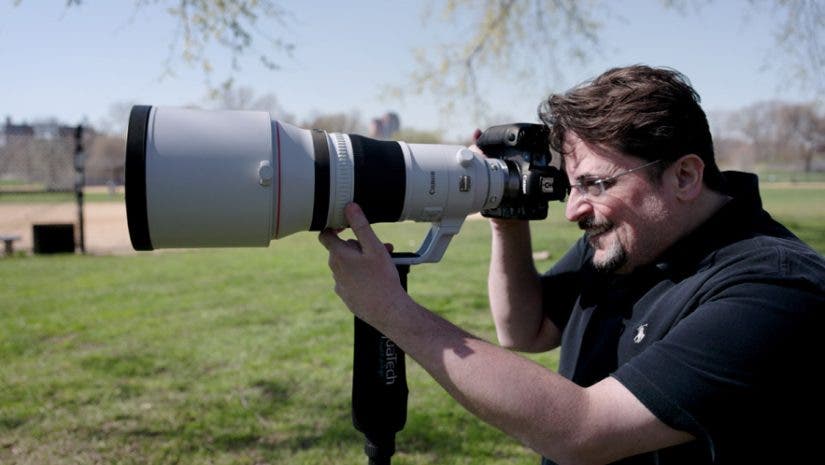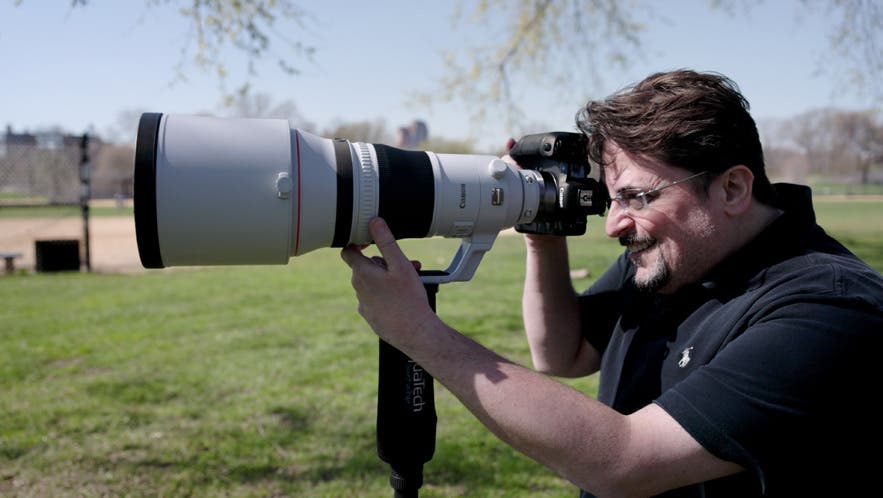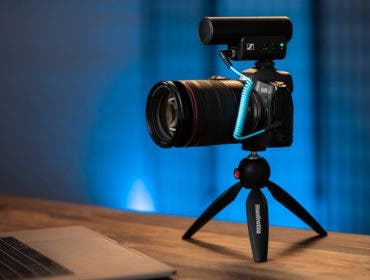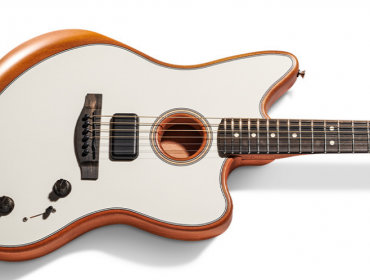Canon has just announced three exciting additions to its RF mirrorless lens lineup and I had a brief opportunity to test them out on a sports shoot. The latest Canon RF prime options include:
Here’s everything you need to know about the latest additions to the brand’s mirrorless collection.
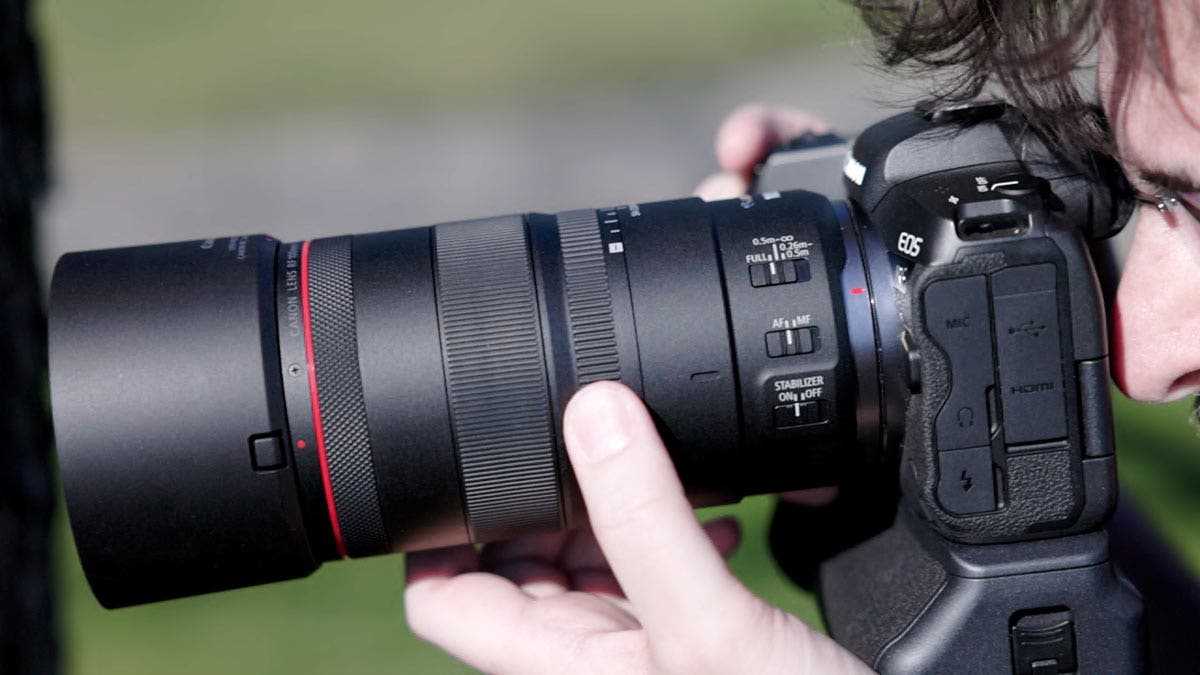
Canon RF 100mm f/2.8L Macro IS USM Lens
Let’s start with the RF 100mm f/2.8L Macro IS USM. It’s the first medium telephoto macro with an RF mount and has some interesting new features. First, it has a 1.4x magnification factor. Many macro lenses have 1:1 magnification, which means that at the closest focusing distance, the object you’re photographing, will be the same exact size in real life and captured on the sensor. That allows you to get some amazing close-up images and can make tiny objects look very big.
It’s unusual to have more that 1:1 magnification with autofocus, but this lens can achieve it due to the shorter flange distance on the R series cameras and some engineering magic from Canon. Closest focusing distance on this new lens is 10.2 inches, so the 1.4x magnification will give you larger than life-size images. This is a close-up of the soccer ball in the sports action pictures below.
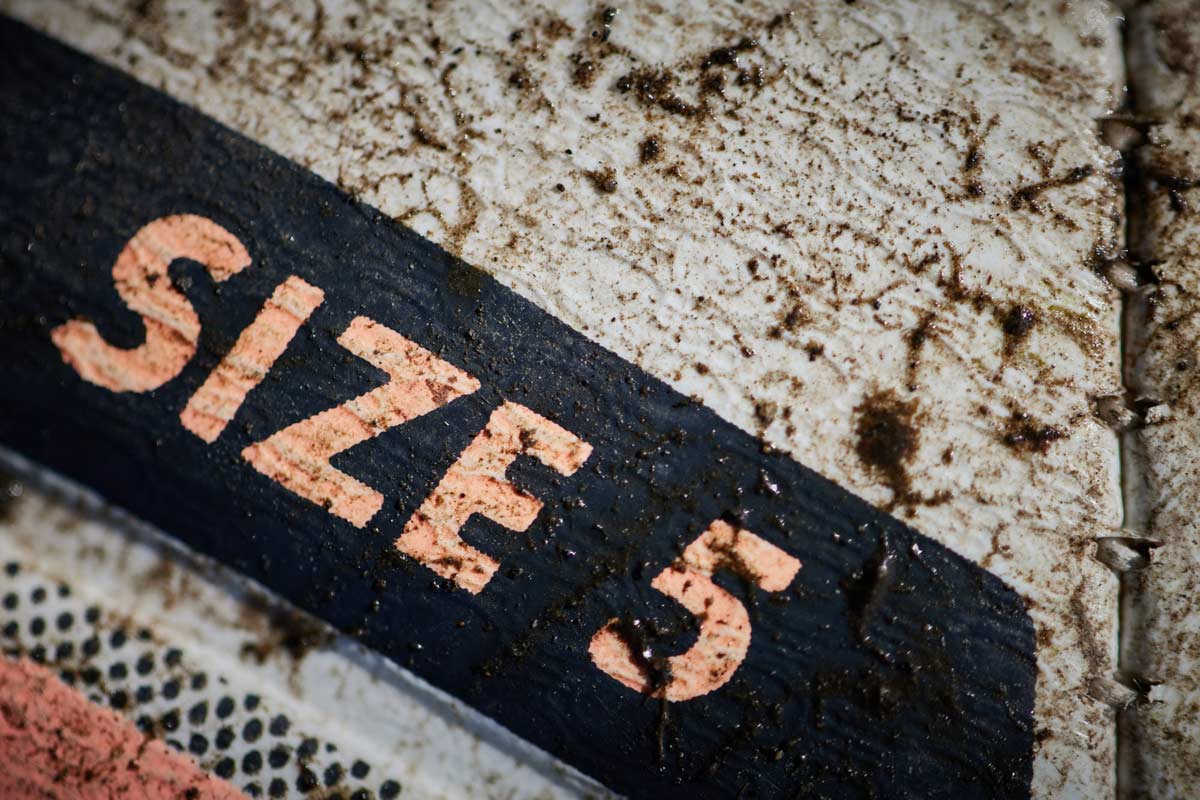
The lens also has 5 stops of optical image stabilization. When used on the Canon EOS R5 or Canon EOS R6 bodies, you get coordinated IS with the in-body stabilization (IBIS) for up to 8 stops. That will allow you to shoot at very slow shutter speeds and still have razor sharp photos.
This lens is particularly unique because, in additional to the normal, programmable control ring found on most RF lenses, it has an additional spherical aberration (SA) control ring. Because the lens has dual nano ultrasonic motors (USM) for focusing, the SA control ring can be used to create some interesting effects. By dialing in plus or minus SA, you can change the look of the out-of-focus areas (bokeh) in the foreground or background. You can give the bokeh a harder edge, or a smooth, creamy look that would be ideal for wedding details like rings or flowers. There’s a lock button if you want to stick to normal macro (which looks amazing as-is!). This way, you don’t have to worry about moving the SA control ring by accident.
While you might think a dedicated macro lens is only useful for shooing close-ups, the RF 100mm f/2.8L Macro IS USM is also a fantastic portrait lens. Prime lenses are known to be incredibly sharp and this lens is no exception. The 100mm focal length and wide 2.8 aperture allows you to create images with a very shallow depth of field.
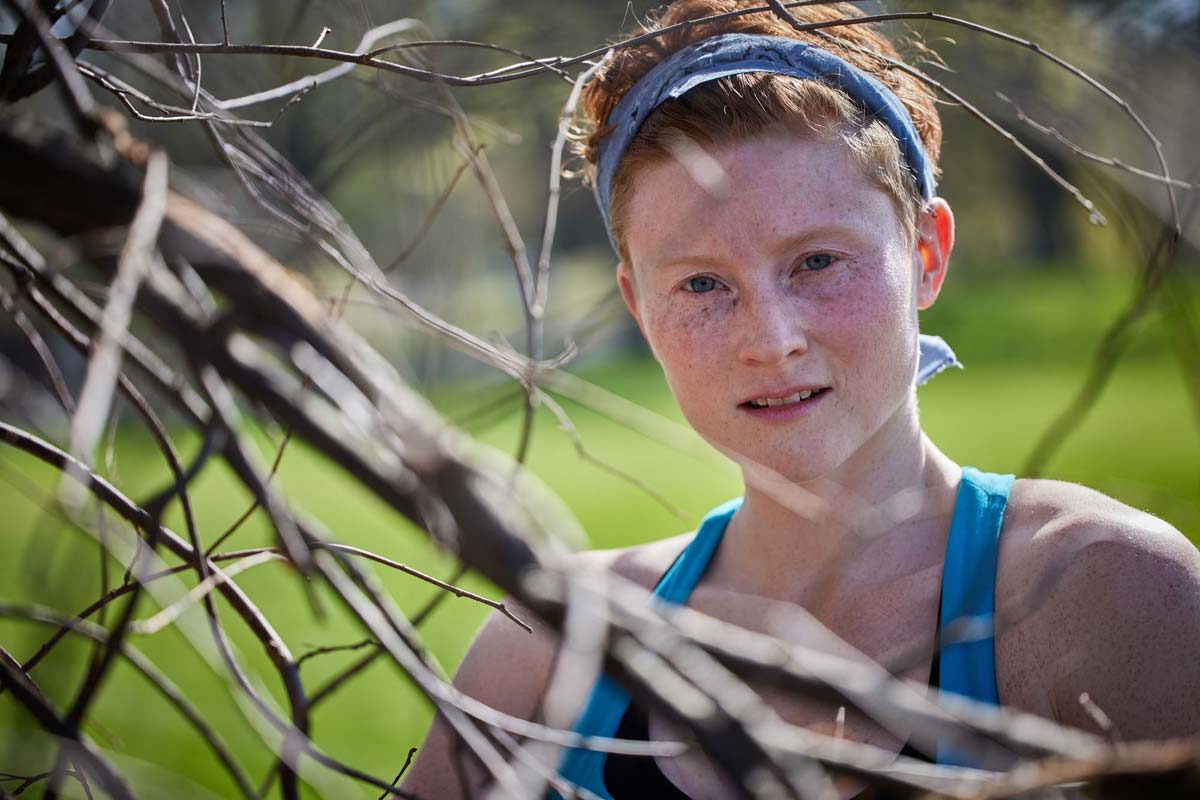
For video shooters, the autofocus is smooth and quiet, and the lens has minimal focus breathing. So when you change your focus from foreground to background, it doesn’t change the size of your subject very much. Like all L series lenses, it’s also dust and weather resistant.
If you’re using the R-series Canon bodies and want to shoot macro, the new Canon RF 100mm f/2.8L Macro IS USM lens is the perfect addition to your camera bag.
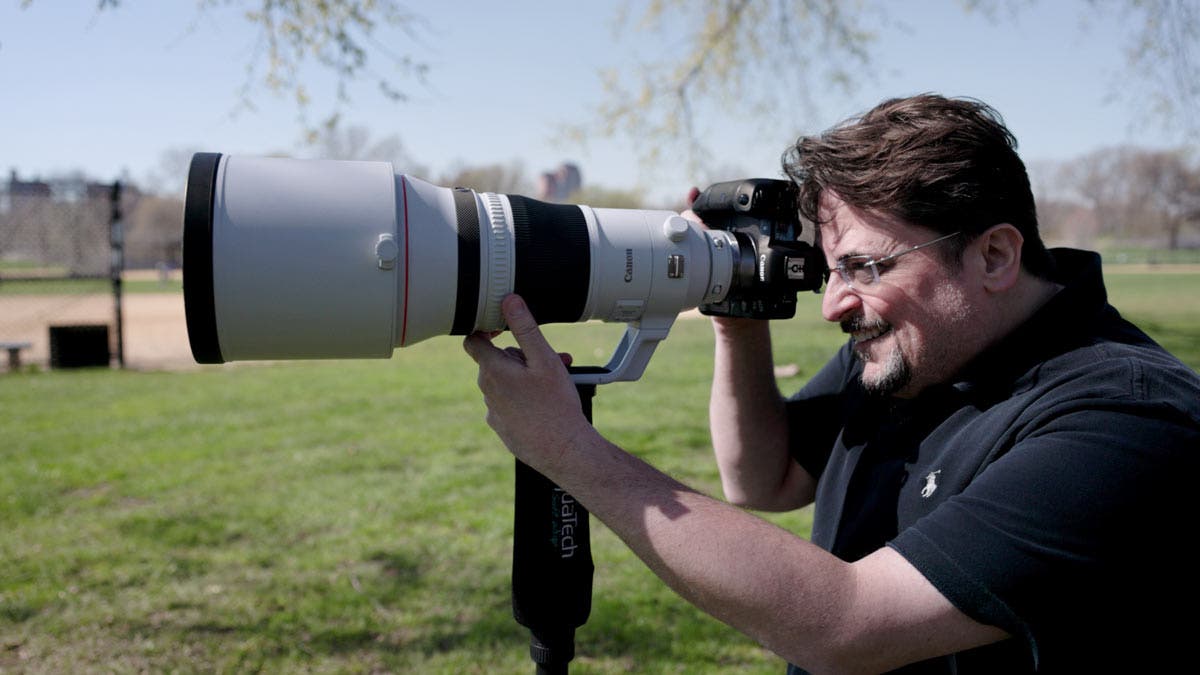
Canon RF 400mm f/2.8L IS USM Lens
While macro lenses allow you to get close to objects that are right in front of you, there might be situations where you need to get close to subjects that are very far away. That’s where the next two lenses will come in handy.
Canon is also releasing two new super telephoto lenses with an RF mount. The RF 400mm f/2.8L IS USM and RF 600mm f/4L IS USM are welcome additions for sports and wildlife shooters who use Canon’s full-frame mirrorless R-series bodies. These are top-of-the-line lenses made for the most demanding photographers.

The minimum focusing distance is 8.2 feet for the 400, and 13.7 feet on the 600. Both have 5.5 stops of image stabilization, super spectra and air sphere coatings to reduce ghosting and flare, and allow manual focus during servo shooting. There a 9-blade circular aperture for beautiful bokeh, and of course those lenses are dust- and weather-resistant with fluorine coatings.
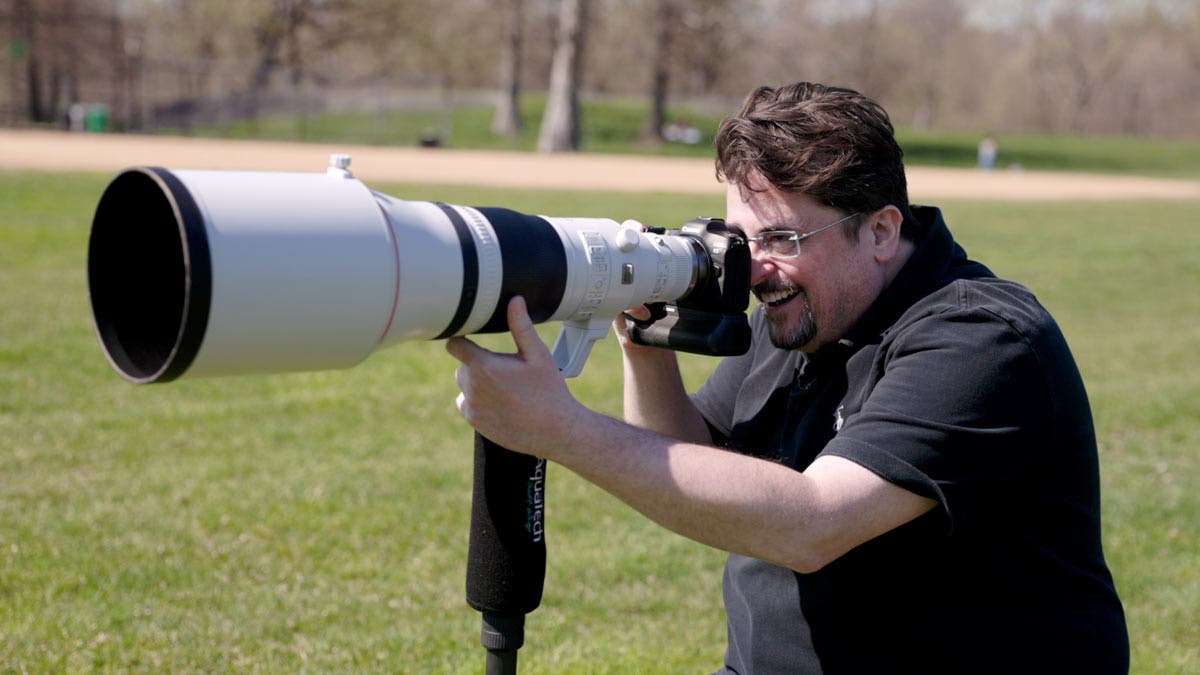
Canon RF 600mm f/4L IS USM Lens
Another useful feature is the customizable electronic focusing ring. This allows you to set up to two focus pre-sets and quickly access them when needed. For example, if you’re photographing baseball, you can pre-focus on home plate and on second base. If there’s a pick-off attempt at second or a play at home, just move the ring and focus will snap right where you want it. Although, Canon’s eye, face, and head detection is so good, you may never need to switch focusing modes again.
These long lenses are most commonly used for sports and wildlife. However, I love making portraits with them because you can throw the background way out of focus.

Personally, I’m thrilled to see the expansion of RF line of lenses, and the Canon RF prime lenses. The 100mm macro, 400 f/2.8, and 600 f/4 are all welcome additions. Combined with the other fantastic RF glass, the versatile lens lineup opens up your photography to many creative possibilities. If you can imagine it, you can capture it.
See the latest from the Canon RF prime lenses lineup here.
Feature photo via AdoramaTV
